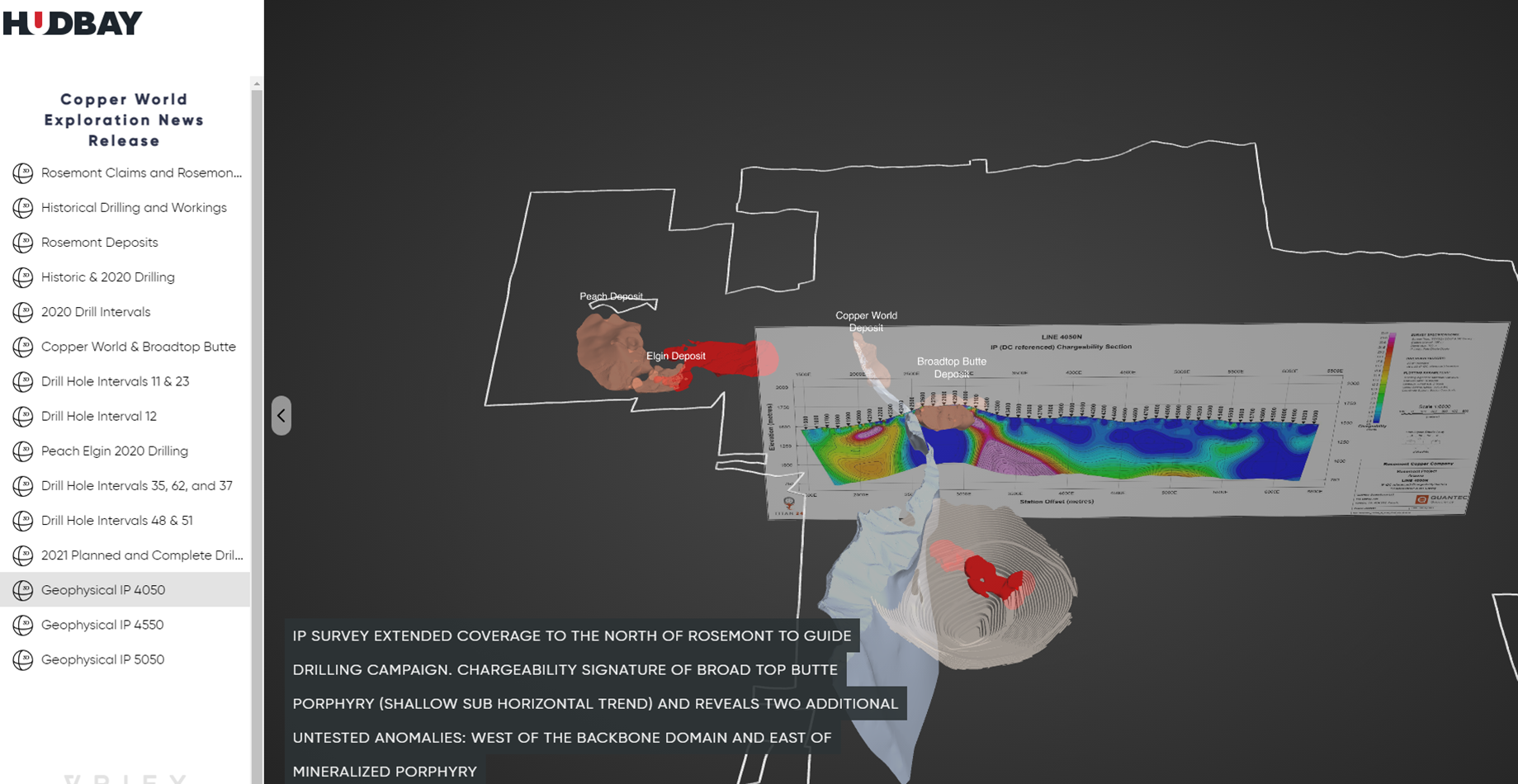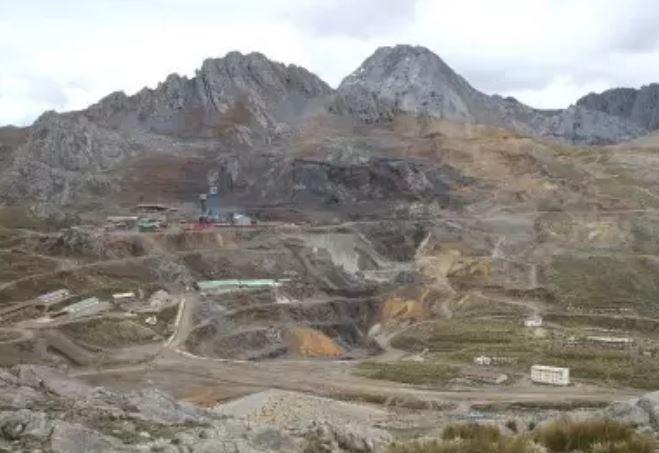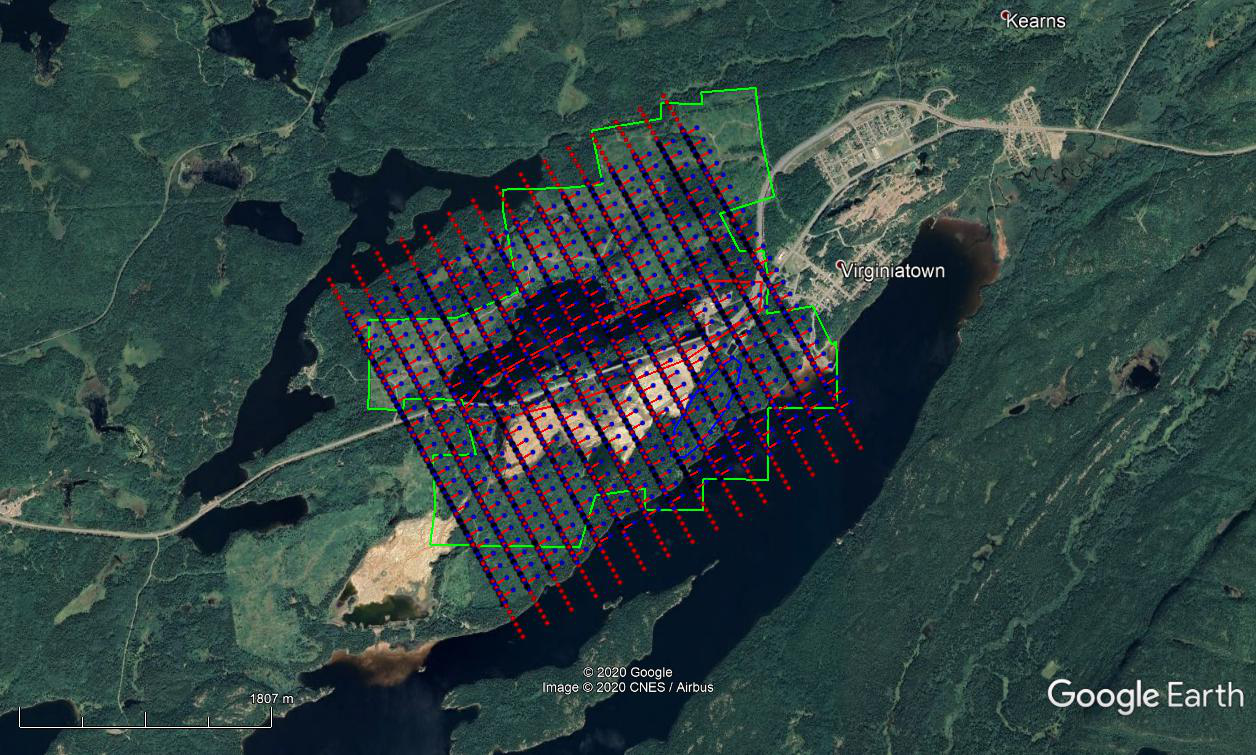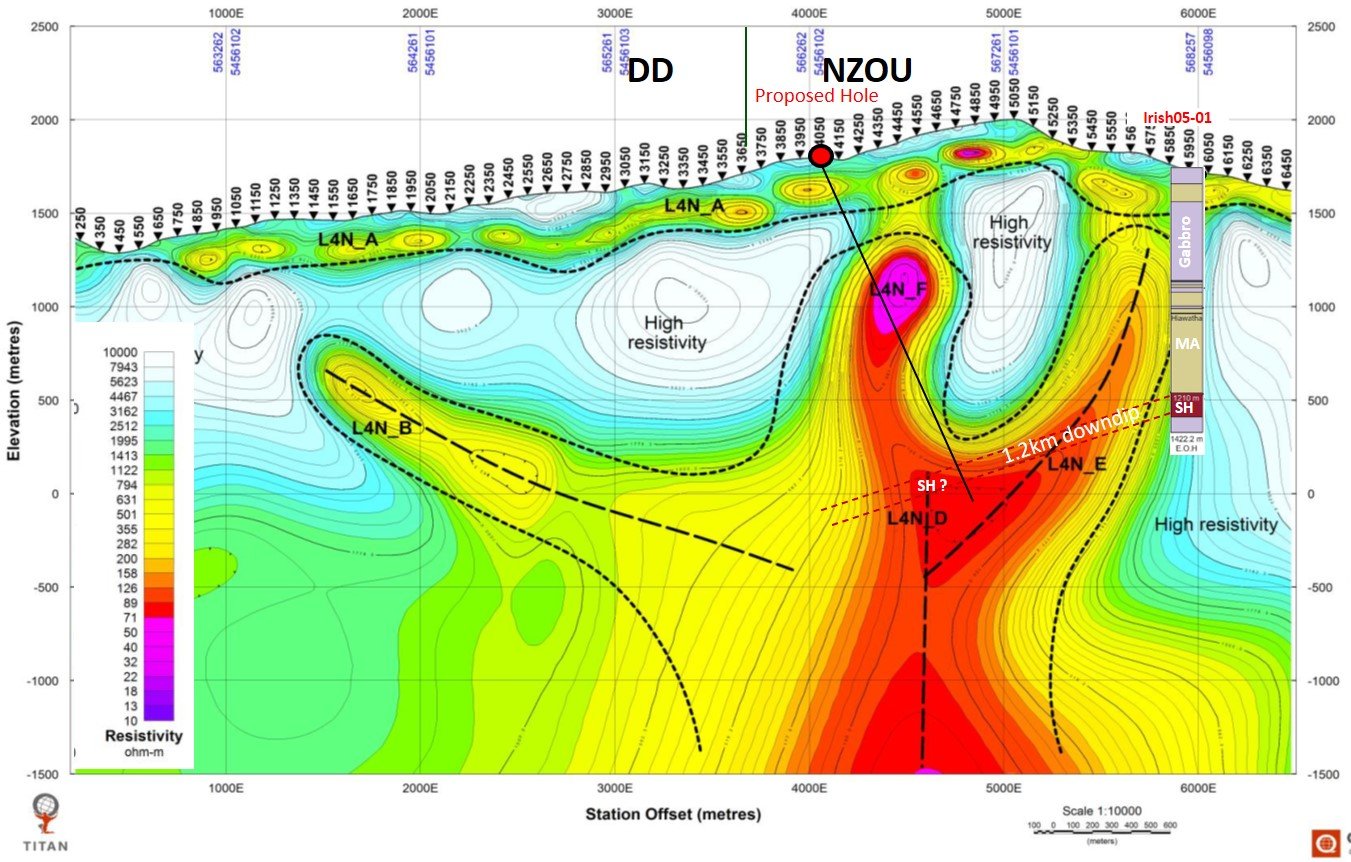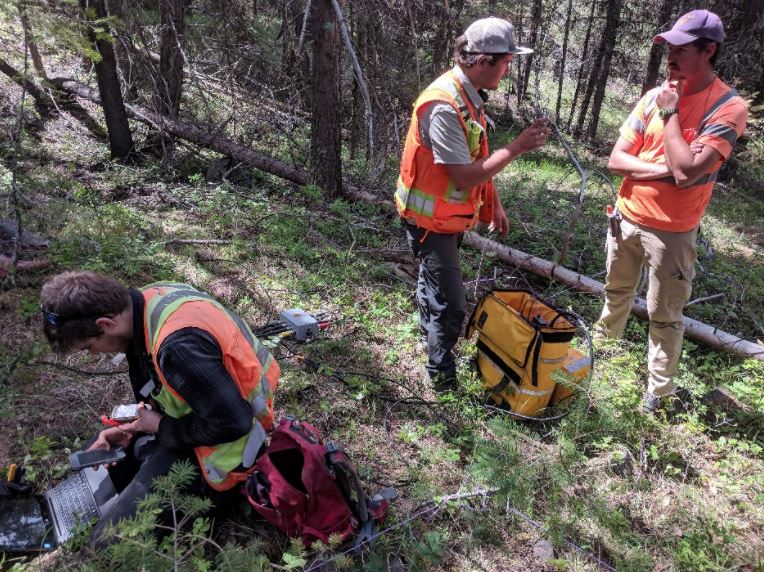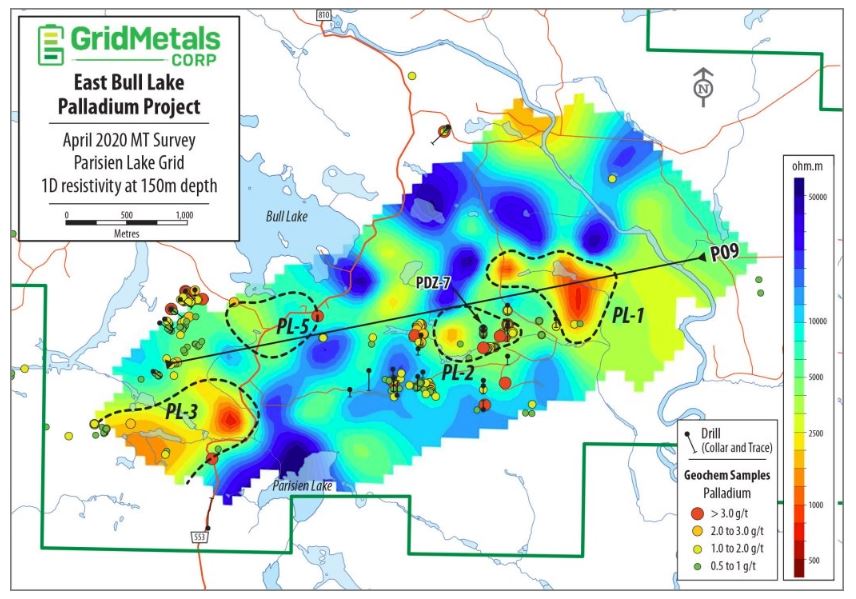TORONTO, June 11, 2021 /CNW/ – Orefinders Resources Inc. (“Orefinders” or the “Company”) (TSXV: ORX) is pleased to announce the completion of a DCIP-MT […]
Hudbay Announces Significant New Discovery at its Copper World Properties Adjacent to Rosemont March 29, 2021 TORONTO, March 29, 2021 […]
TORONTO / Apr 13, 2021 / Business Wire / Sierra Metals Inc. (TSX: SMT) (BVL: SMT) (NYSE AMERICAN: SMTS) (“Sierra […]
TORONTO, March 1, 2021 /CNW/ – Orefinders Resources Inc. (“Orefinders” or the “Company”) (TSX.V: ORX) is pleased announce the launch of a […]
Mr. John Keating reports: TORONTO, ON / ACCESSWIRE / December 3, 2020 / PJX Resources Inc. (TSXV:PJX) (“PJX”) is pleased to announce […]
Scope of Project: Laurentian University’s Mineral Exploration Research Centre (MERC) is leading a geophysical survey in the Timmins and Cochrane area from […]
Toronto, Ontario – August 6, 2020 – Generation Mining Limited (TSX:GENM) (“Gen Mining” or the “Company”) is pleased to announce […]
July 30, 2020 Hi Ryan, Thank you for the billing summary, it looks good to me. It was […]
TSX VENTURE: GRDM www.gridmetalscorp.com Mr. Robin Dunbar reports: TORONTO, ON / ACCESSWIRE / April 28, 2020 / Grid Metals Corp. (the “Company“) […]
Grid Metals Adds to Technical Team and Makes Grants Under New Equity Incentive Plan Board & Management Changes TSX VENTURE: […]


